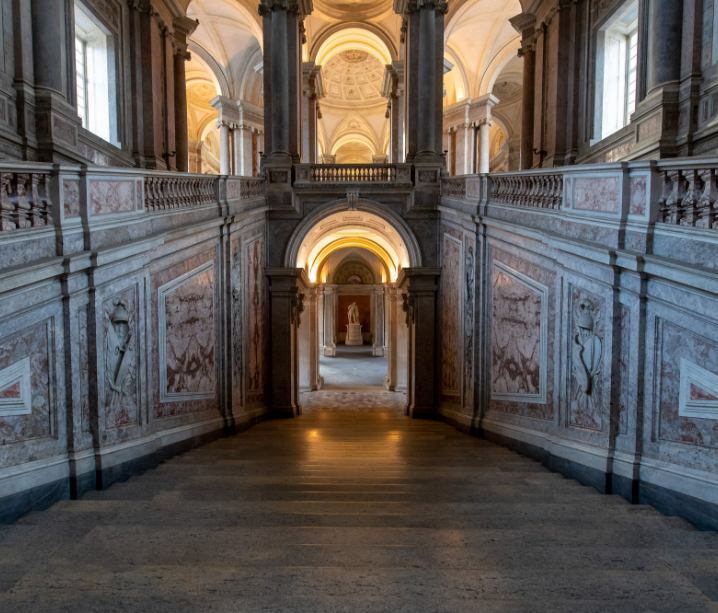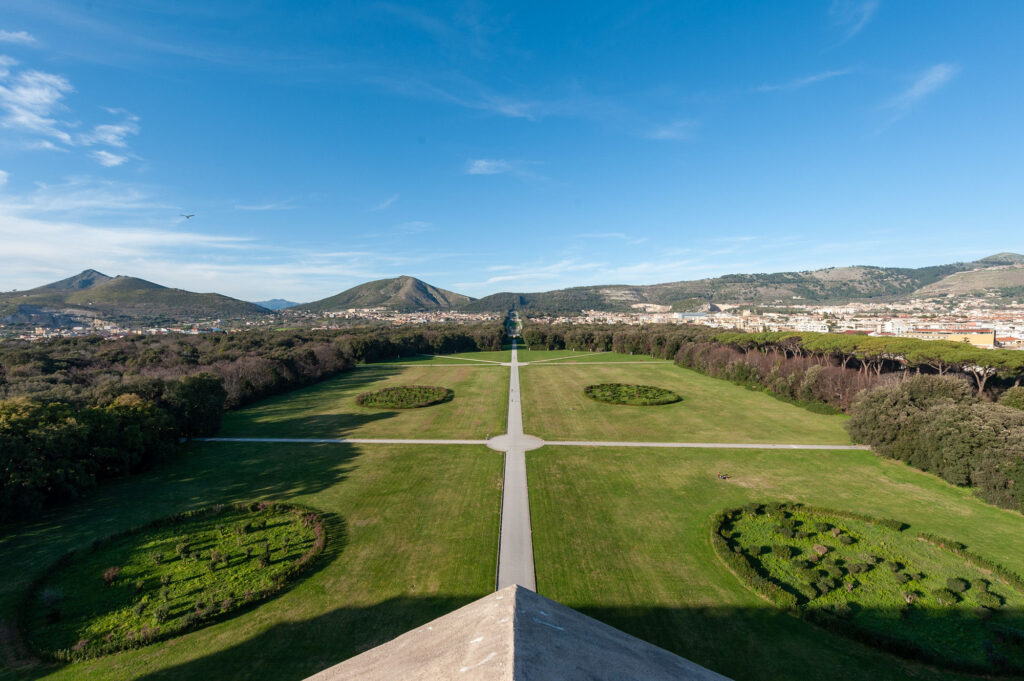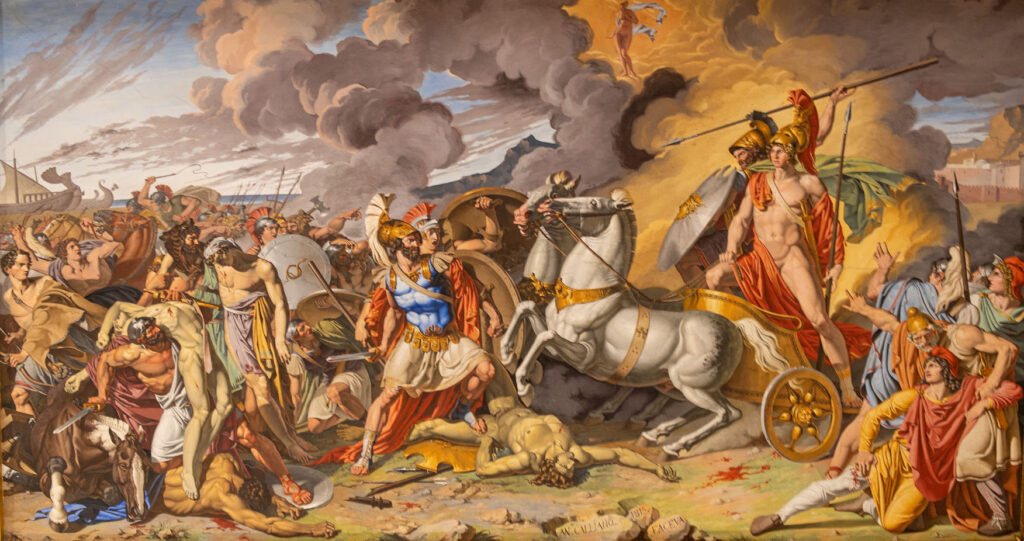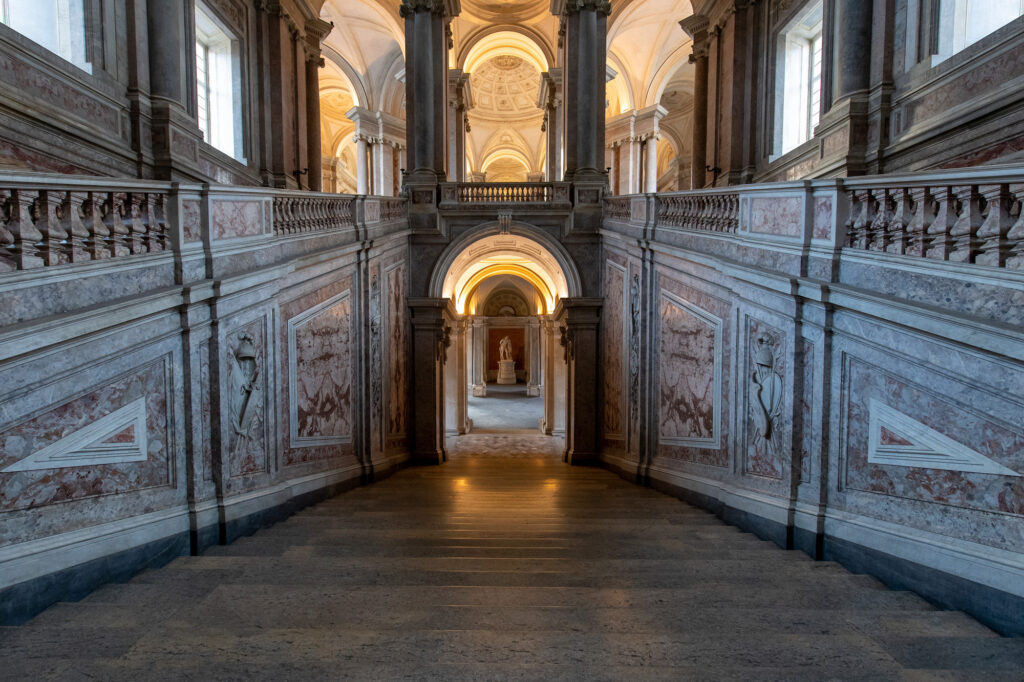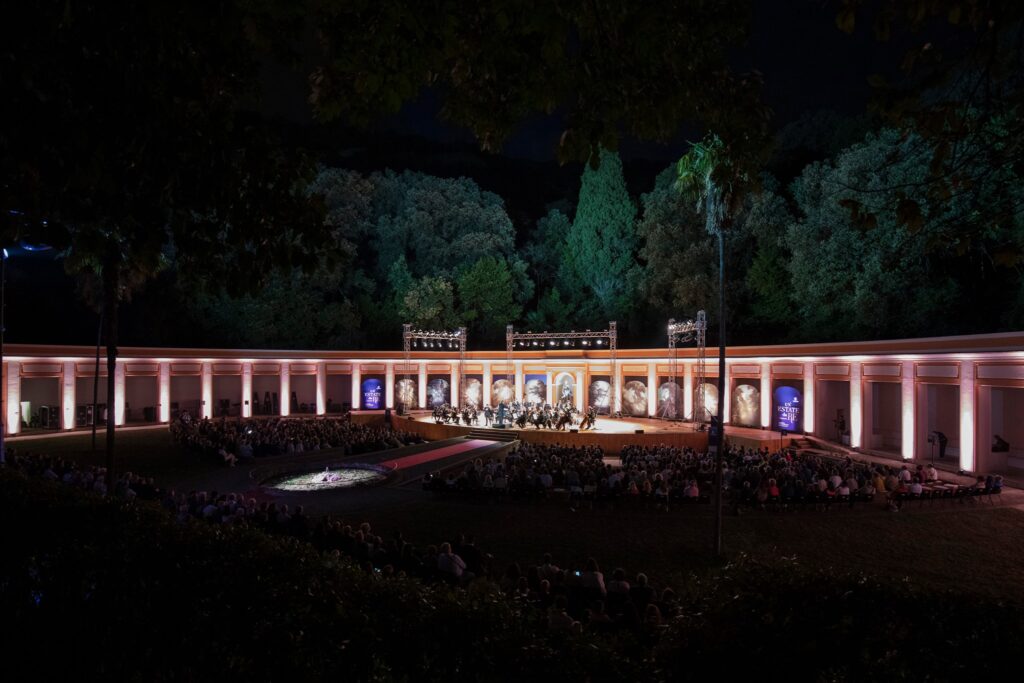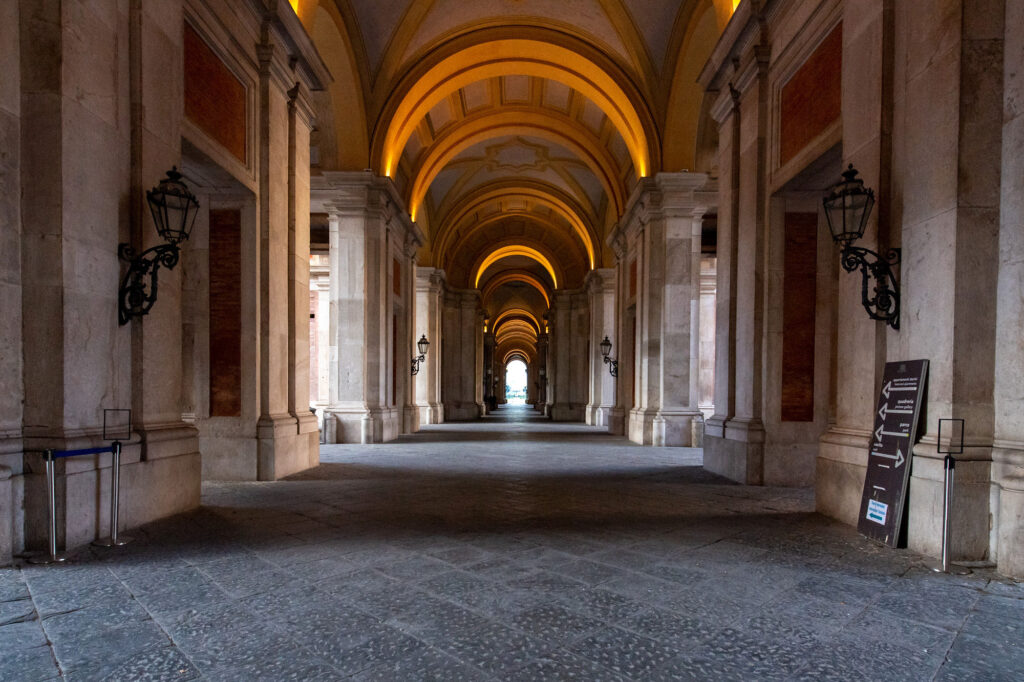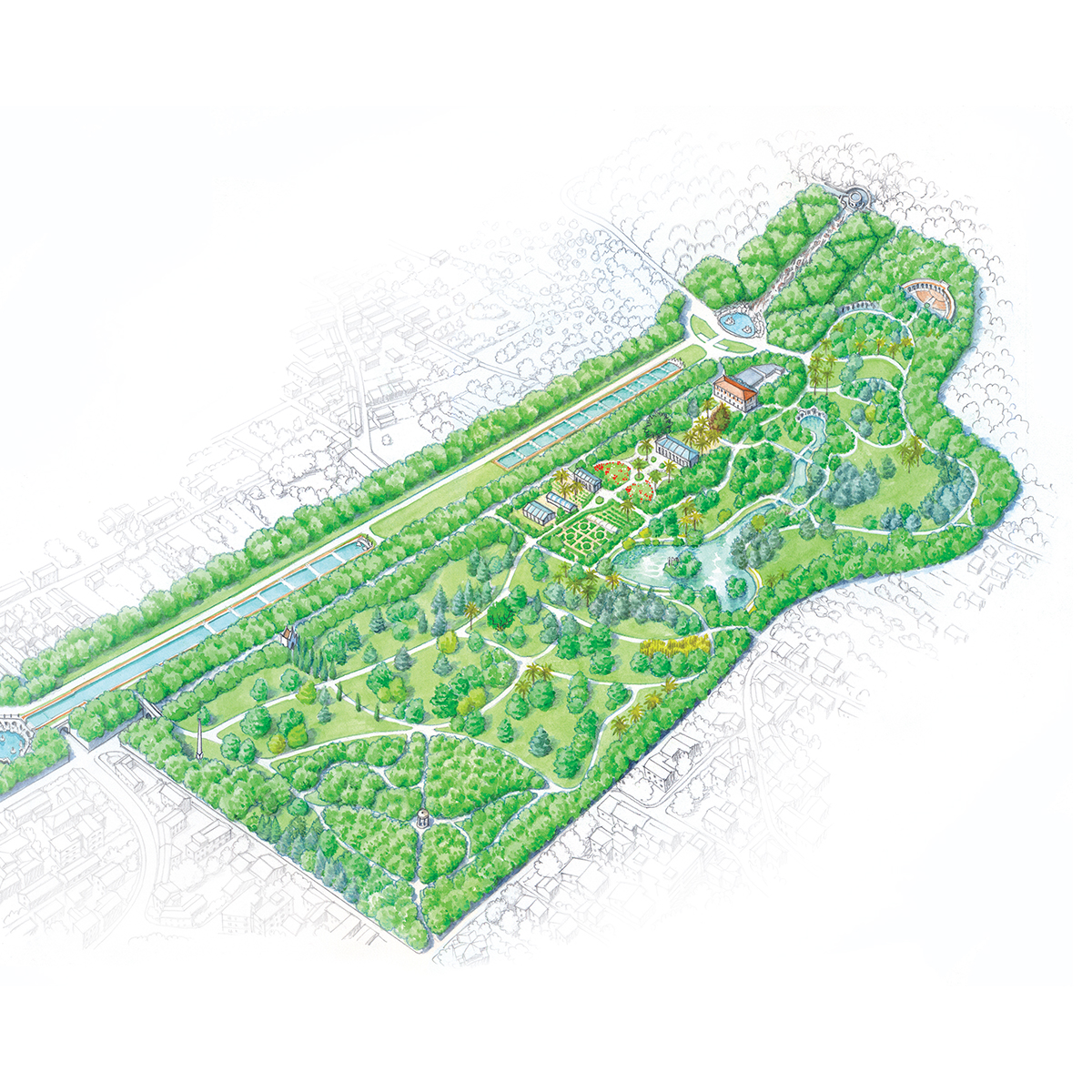The Royal Palace of Caserta
The vision of King Charles
In 1734, an 18 years old Charles of Bourbon (1716-1788) claims the throne in Naples, a kingdom once again independent after nearly 200 years. Son of Elizabeth Farnese and Philip V, the sovereign will be the symbol of an enlightened culture shining through a number of reforms and renovation works.
In the 1740s King Charles would begin depicting an unprecedent visionary project in the area. His dream would take shape in 1750, with the purchase of the fiefdom of Caserta for a lump sum of 489.348,13 ducats. The prospect of building a new capital in the hinterland, not far from Naples, comes to life thanks to the architect Luigi Vanvitelli’s projects (1700-1773).On the 20th of January 1752, in Caserta, the king lays the first stone of a construction site that will change the fate of the entire area: the Royal Palace of Caserta.
 Find out more
Find out more
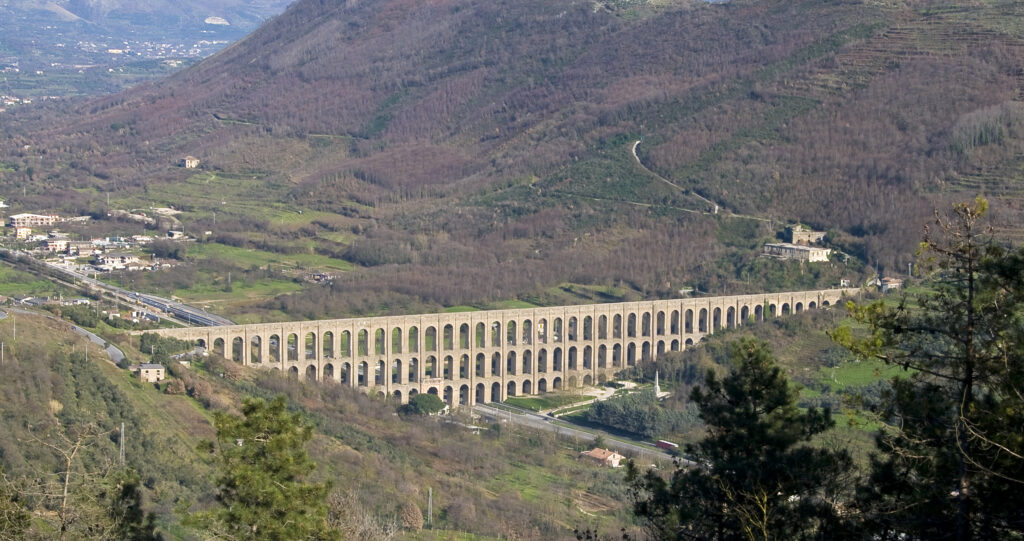
A Project for the Territory
King Charles’ dream included not only the construction of the Royal Palace of Caserta, but also the development of the city and the surrounding area, as evidenced by the construction of the Caroline Aqueduct. The aqueduct is engineered for waters to supply the Royal Park ⎼ with its pools and fountains ⎼ and the territory, including the city of Caserta and the village of San Leucio.The appearance of local craftmanship and productions such as the silk manufactures of San Leucio and Carditello farmstead, testifies to the attention paid by the sovereign to the potential of the territory and its exploitation.




A Heritage of Humanity
Charles of Bourbon’s vision changed the fate of the territory forever. The centrepiece of his project, the Royal Palace of Caserta, is now one of the largest royal residences in the world, a World Heritage Site since 1997 along with the Caroline Aqueduct and the San Leucio Belvedere.It includes the Royal Palace, the Royal Park, the English Garden, the San Silvestro Wood and the Caroline Aqueduct. With its 1,742 windows, 123 hectares of Royal Park, 3 km of Via d’Acqua and over 200 botanical species in the English Garden, the complex is to this day a driver of development for the area, a promoter of cultural diffusion and a symbol of beauty in the world.




UNESCO Itineraries
The Royal Palace of Caserta is part of World Heritage Journeys, a project founded by UNESCO in collaboration with National Geographic, funded by the European Union. World Heritage Journeys is a development plan aiming to rediscover European cultural sites – along with the lesser known- to promote sustainable tourism.
The project includes 34 cultural sites, divided into four themed itineraries: “Ancient Europe”, “Romantic
Europe ”,“ Royal Europe ”and“ Underground Europe ”. The Royal Palace of Caserta is part of “Royal Europe”, a journey through 10 European royal residences, to discover the architecture of power. Among the sites of the itinerary there are not only sumptuous palaces, but also vast gardens. The evocative power of the parks is witness to the harmonious relationship that binds these representative buildings to the environment and nature that surround them.



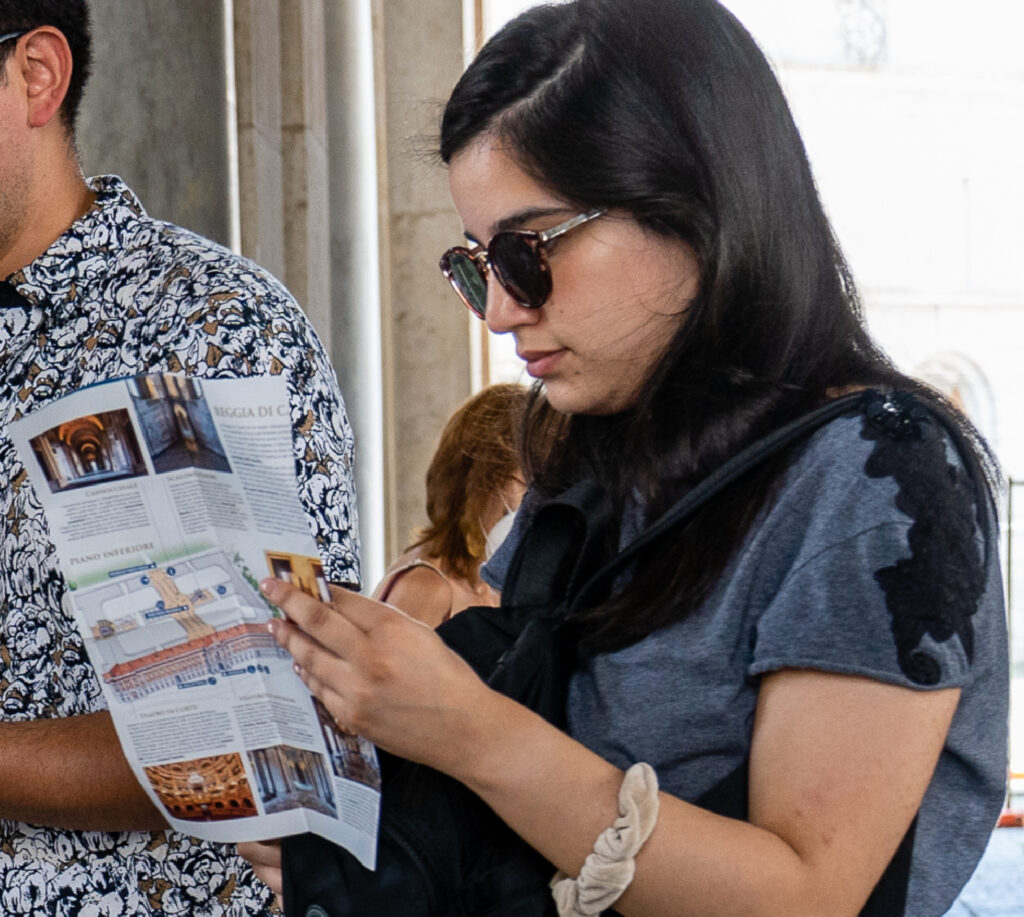
Consult the Reggia maps
To enhance all the significant elements of the architectural, historical-artistic and natural heritage of the Royal Palace of Caserta, orientation maps have been created for visitors.
The maps, full of details and curiosities, can be consulted and downloaded for free!
Download the maps




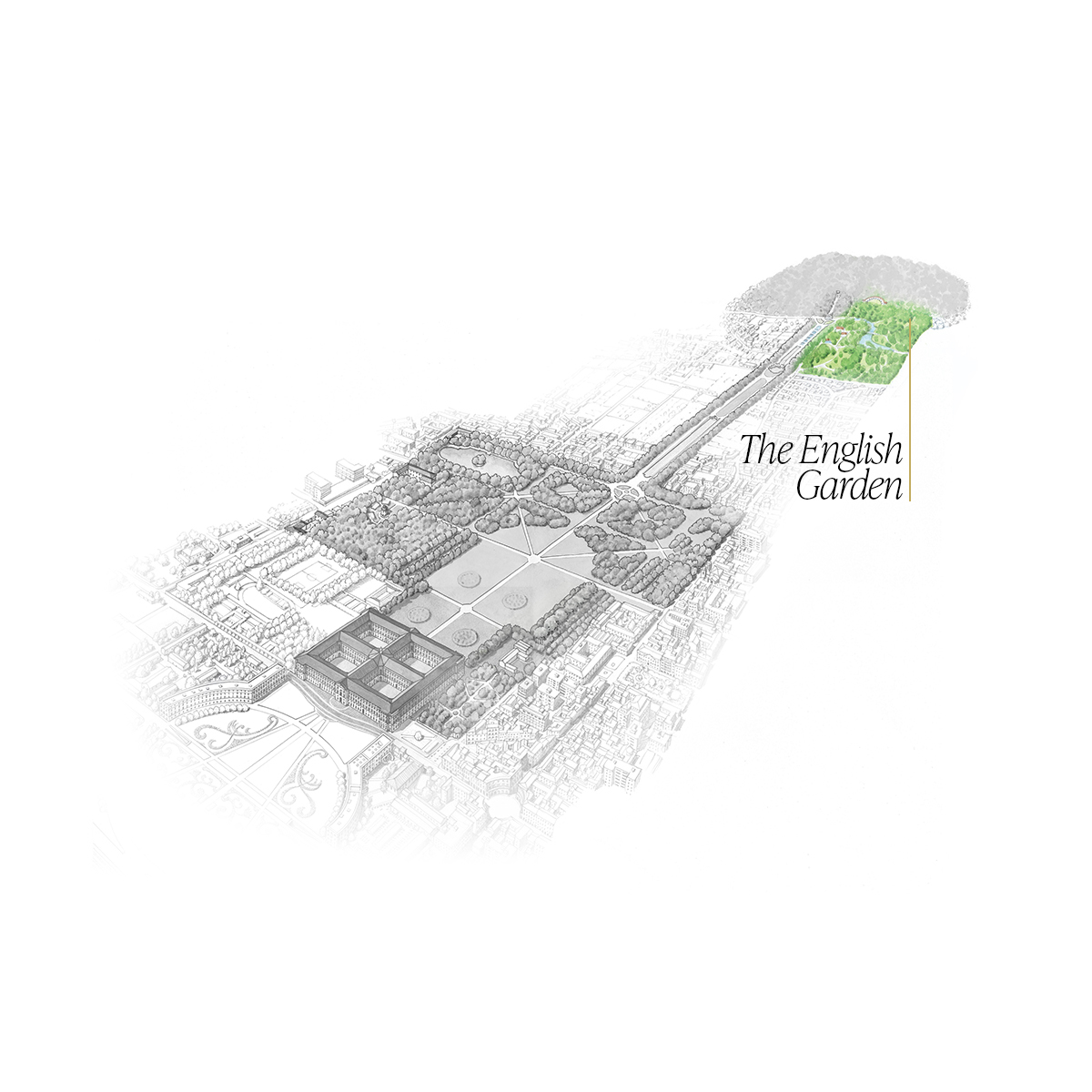

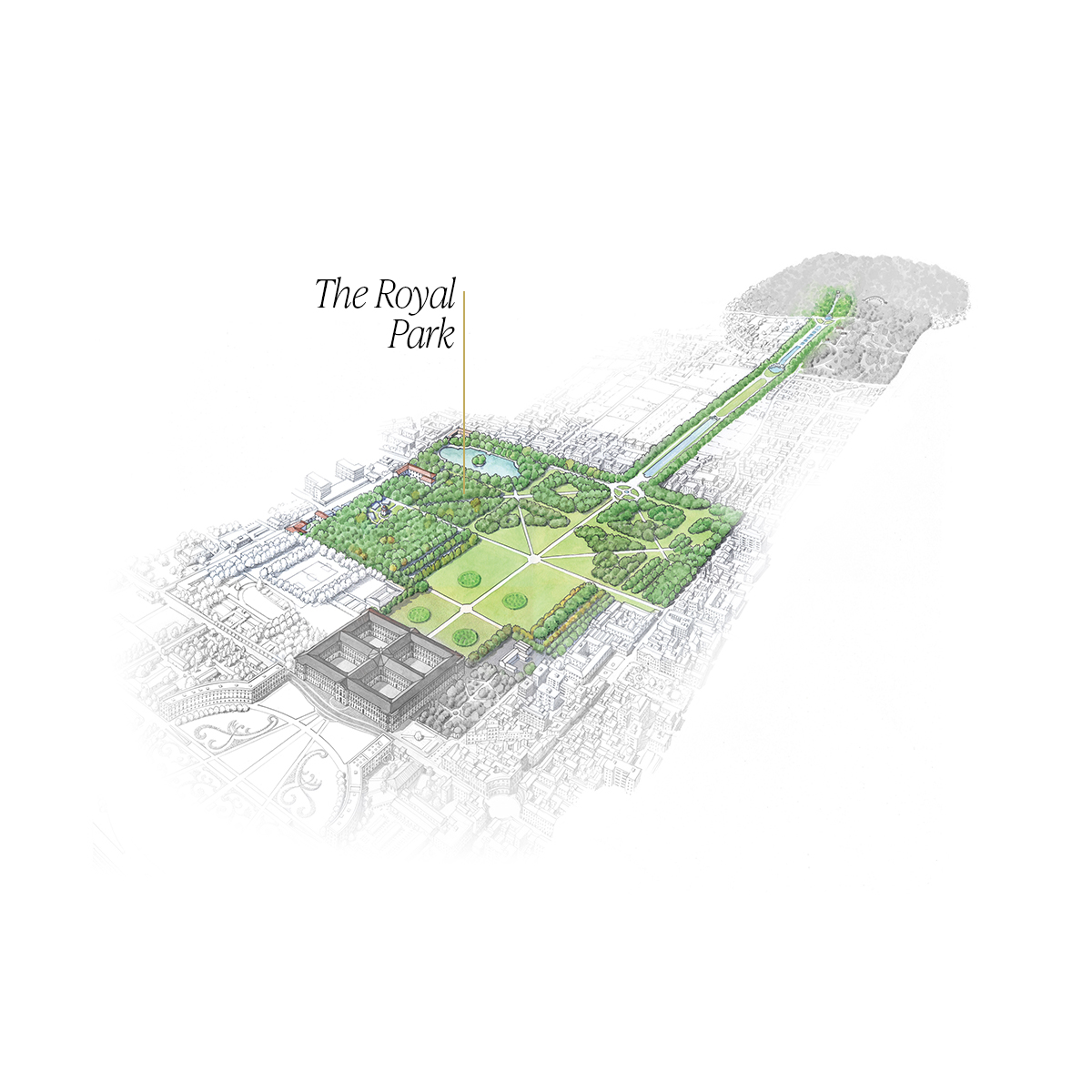
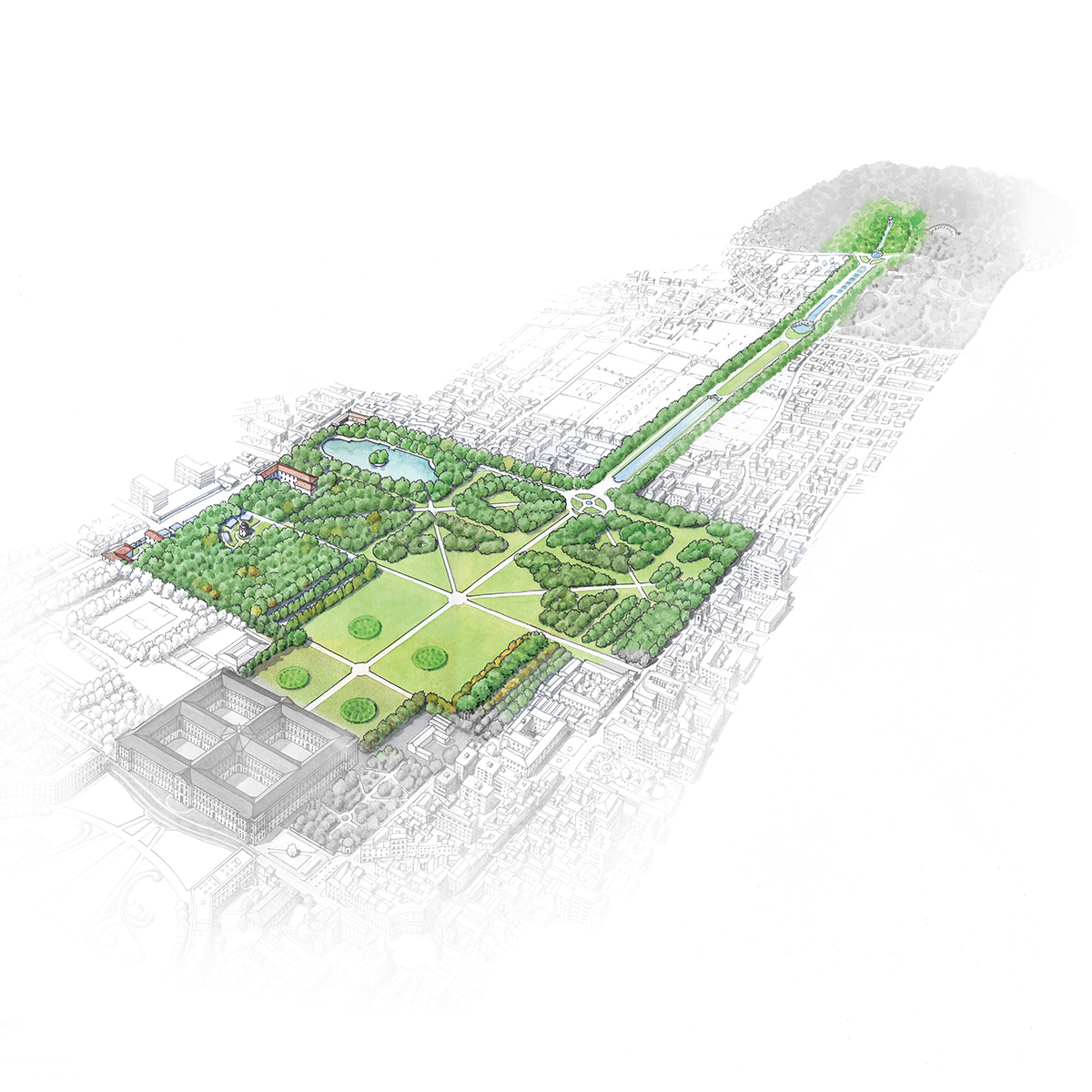
 Via d'acqua
Via d'acqua Castelluccia
Castelluccia Peschiera
Peschiera The Fountain of Dolphins
The Fountain of Dolphins The Fountain of Aeolus
The Fountain of Aeolus The Fountain of Ceres
The Fountain of Ceres The Fountain of Diana and Actaeon
The Fountain of Diana and Actaeon The Fountain of Venus and Adonis
The Fountain of Venus and Adonis The waterfall and Torrione
The waterfall and Torrione The Bosco Vecchio (Old Wood)
The Bosco Vecchio (Old Wood) The Margherita Fountain
The Margherita Fountain






